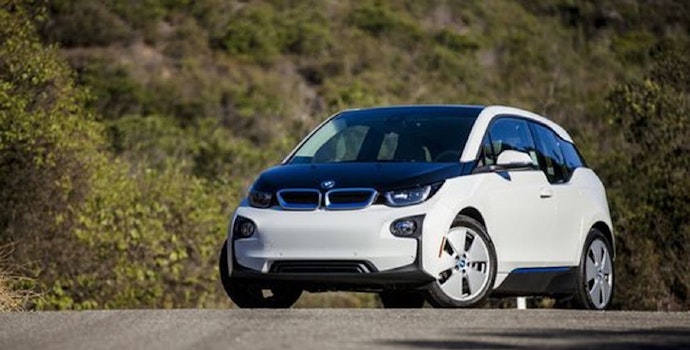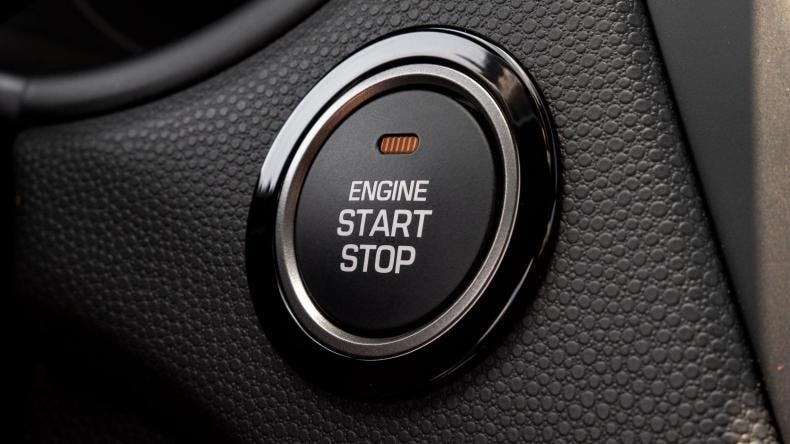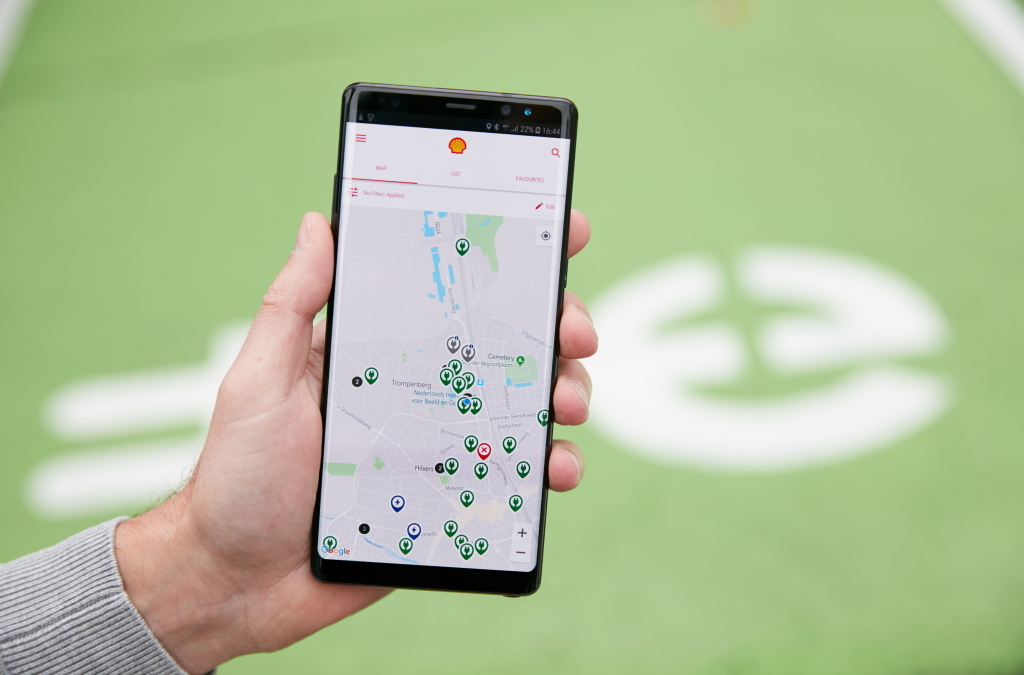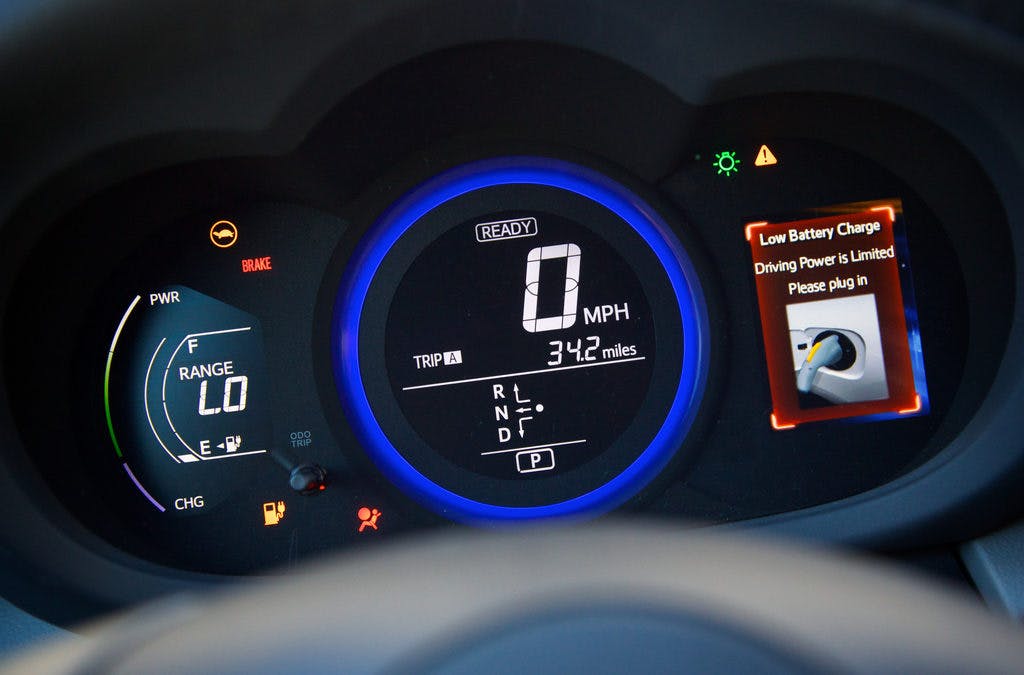
Electric Cars for Beginners
Driving an electric car for the very first time can often be a little daunting, we have all been there before. It’s the first or second time you are getting into an electric car and it feels like your first time driving. The dashboard looks different, there’s one less pedal than you're used to, having driven a petrol car.
It’s off-putting, but don’t worry, this article will help to make the process more straightforward. Here is a guide to driving, charging and getting the most out of an electric vehicle. Starting with how to start and stop an electric car, through to more technical questions about how an electric car works.
How to start and stop an electric car?

The majority of electric cars do not use a key to start, but instead a button labelled start and stop. You’ll find this button often positioned to the right or left of the steering wheel.
Starting the car is easy, simply hit start whilst pressing the brake pedal and select the Drive or Reverse gear to move. There’s no more awkward gear changes and burning the clutch, as you’ll only need to move between 3 or 4 gears.
Remember when you’ve brought the car to a standstill to press the park button and then to put the handbrake on.
How to charge an electric car?
EVs need to be connected to a standard domestic socket, a wall-mounted charger or a fast charger to recharge the batteries (just not using an extension cable!) They can be charged either at home or at public charging locations provided by charging networks, e.g. Ecotricity, Chargemaster.
But, in the future there will be special places or spaces which you’ll just drive into and your car will charge wirelessly. Nissan has been working to find a solution for this technology (known as inductive charging) since 2009.
For more information, check out the How To Charge Blog here.
How to charge your car for the first time?

The first thing you’ll need if you’re charging an electric car for the first time is a subscription with a charging network. With Onto, it's completely free to charge with our charging partners: Shell Recharge and Tesla Supercharger for our Tesla drivers. These can be found at various charging locations including roadside, hotels, and retail parks etc.
Ensure that you have the charge card either in your car or wallet at all times, so you don’t get stuck running out of charge and without a card. We also recommend that you keep the charging cables in the boot of your car.
You’re now ready to charge your car but to avoid having a panic when looking for a charging point, we recommend downloading a few handy apps. Google Maps and Zap Maps are two of our favourites and will help you to feel comfortable finding charging points nearby.
Preserving your range

It’s always handy to know some hacks for prolonging your electric car range, even if you have a Tesla or another EV with a high range.
Here are some simple ways to preserve your electric car range, some of which you may be unaware of:
- Drive smoothly, only putting your foot down hard on the accelerator if it’s really necessary
- Keep your speed under 60mph, as going faster than this will drain your battery significantly
- Air conditioning should not be used frequently if you want to save your battery
- Using seat heating instead of regular heating is far more battery efficient
- Check your tyre pressure as under-inflated tires will lead to energy consumption, which in turn drains the battery
- Plan a more efficient route, which avoids motorways. With careful planning, it might not add much time to your journey
How does an electric car work?
The battery in an electric car is very heavy, and compared to petrol vehicles they often weigh more (Renault Zoe weighs 1943kg compared to the Ford Fiesta at 1620kg) and take up more space in the car. Batteries are positioned low down and in some cases run along the floor.
What happens if the battery runs out? An electric car has an auxiliary battery that will power the car’s lights and infotainment system if the main battery stack runs out of power.
The electric motor is used to drive the car’s wheels. Like petrol cars, a four-wheel drive is an option (Jaguar i-pace) if two motors are used, with one being placed on each axle.
Electric cars have regenerative braking, which works by recuperating some of the energy which is lost in braking and sending it back to the main battery to increase the range. When you lift your foot off the accelerator, you’ll notice that you feel the sensation of the car slowing down.